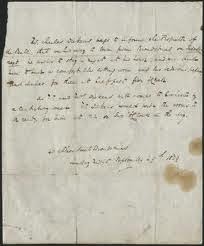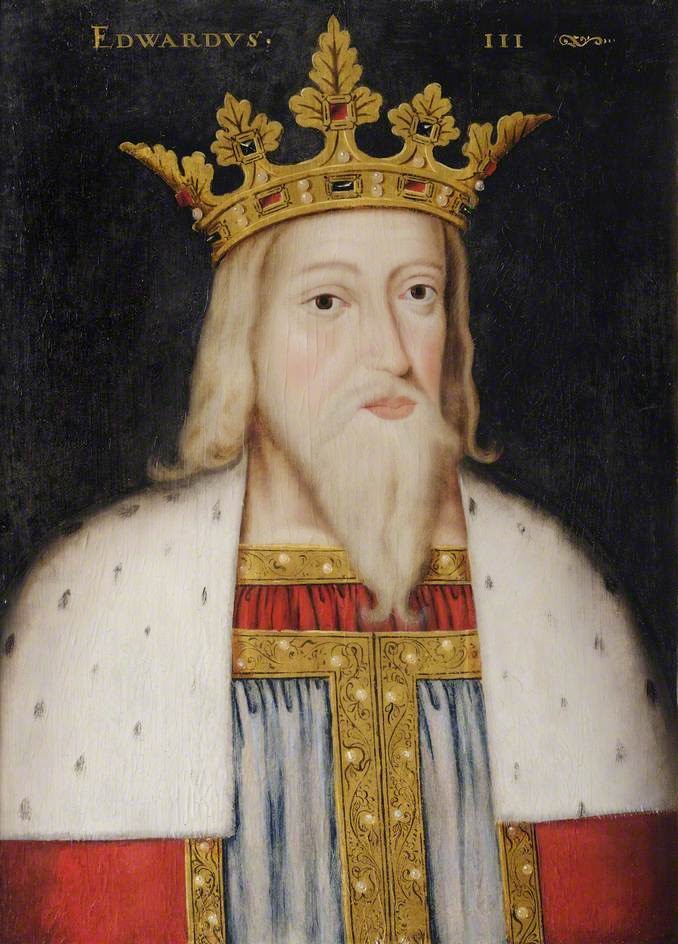http://departments.kings.edu/womens_history/cathyaragon.html
Most famous books write on Catherine:
Famous letters by Catherine or to Catherine:
Execution of queen Catherine:
There has been a quiet spell, of sorts, since 22nd December 1541 when we left prominent members of the Howard family incarcerated in the Tower. Some had already been charged and imprisoned for life over their involvement in Queen Katherine’s transgressions, but some, including the old Duchess of Norfolk, are still languishing in some discomfort, and no little terror. |
y
|
Being the wife of the King has its inherent dangers. One being, those from the past start making contact and asking for favours. Catherine felt very much on shaky ground when the likes of Joan Bulmer, Henry Mannoxand Francis Dereham started making demands. It could be argued she simply gave employment to friends believing her position sound and safe, however it is more likely there was an alternative reason. Henry Mannoxhad already proven his treachery by leaving the note for the Dowager Duchess. Francis Dereham was no angel as he had been involved in piracy around the Irish coast and could very well be into a bit of blackmail. As for Joan Bulmer she knew things which could be the downfall of Catherine and therefore saw her opportunity. These three were highly devious people who would not stoop too low for their own gains. Her Lady in Waiting, Jane Parker, lady Rochford, was the widow of George Boleyn and instrumental in the arrest of Queen Anne Boleyn and very much a person not to be trusted. Here was Catherine surrounded not by three, but four very dangerous people.
| https://www.facebook.com/pages/History-and-future-world/402121129963935 |
Catherine had three friends; her brother, Henry, his wife Anne, and Thomas Culpepper.
Catherine Howard, a first cousin of Anne Boleyn, was fifteen or sixteen when she married Henry. She was lively, pretty and kind, and Henry saw her as perfect and unspoiled, a "rose without a thorn".However, Mary Lascelles brought the new Queen's past to the attention of Thomas Cranmer. Mary had wed a man named Hall and was living in Sussex. When John Lascelles, suggested his sister that she use her old acquaintance with Catherine to obtain a post at court, Mary refused, telling him that Catherine was “light, both in living and conditions”. When she provided further details, Lascelles, a dedicated reformer, felt compelled to repeat what she had said to Archbishop Thomas Cranmer. Cranmer shared the information with Lord Audley and Edward Seymour, Earl of Hertford. The Earl of Southampton was sent to Sussex to collect Mary’s testimony. This alone made Catherine ineligible to marry the King. She had also been involved with her music teacher, Thomas Culpepper, and as Queen she resumed her relationship with him. The King and Catherine were in the Chapel at Hampton Court Palace preparing for the service when Henry VIII is requested by the Archbishop of Canterbury, Thomas Cranmer for an audience.
The King was not pleased at being interrupted and was shown papers to prove the case on Catherine's previous involvements and that she was still seeing Thomas Culpepper privately.
|
None of this information was new to the King and he was not about to believe the lies that were being spread about his wife. There is no knowing why Henry VIII chose to believe them this time, but believe them he did. He was shown letters in Catherine's own hand writing that were interpreted as admission. Letters which were supposedly written by her own hand to Thomas Culpepper and what makes this incredible is that she was known to be illiterate. She did have scribes, however, but there is no evidence to suggest she knew of, or dictated, these letters. Certainly no letters have ever been produced since that contain evidence of admission of guilt.
The King immediately went to his private chamber and gave instructions that Catherine was not allowed to see him.
 Catherine Howard was a cousin of Henry VIII's ill-fated second queen, Anne Boleyn; and like Anne, Catherine would die on the scaffold at Tower Green. Her birthdate is unknown, but her father was the younger brother of the duke of Norfolk. Though personally impoverished, Catherine had a powerful family name and thus secured an appointment as lady-in-waiting to Henry's fourth queen, Anne of Cleves. While at court, she caught the eye of the middle-aged king and became a political pawn of her family and its Catholic allies. Catherine's greatest crime was her silliness. Raised in the far too permissive household of her grandmother, she was a flirtatious and emotional girl who rarely understood the consequences of her actions. She made the mistake of continuing her girlish indiscretions as queen. Henry was besotted with her, calling her his 'Rose without a Thorn' and showering her with gifts and public affection. Catherine was understandably more attracted to men her own age and, after just seventeen months of marriage to the king, she was arrested for adultery. The distraught king at first refused to believe the evidence but it was persuasive. Unlike Anne Boleyn, Catherine had betrayed the king. She was beheaded on 13 February 1542, only nineteen or twenty years old. The drama of her execution lends gravity to a brief life which would otherwise pass unnoticed.
Catherine Howard was a cousin of Henry VIII's ill-fated second queen, Anne Boleyn; and like Anne, Catherine would die on the scaffold at Tower Green. Her birthdate is unknown, but her father was the younger brother of the duke of Norfolk. Though personally impoverished, Catherine had a powerful family name and thus secured an appointment as lady-in-waiting to Henry's fourth queen, Anne of Cleves. While at court, she caught the eye of the middle-aged king and became a political pawn of her family and its Catholic allies. Catherine's greatest crime was her silliness. Raised in the far too permissive household of her grandmother, she was a flirtatious and emotional girl who rarely understood the consequences of her actions. She made the mistake of continuing her girlish indiscretions as queen. Henry was besotted with her, calling her his 'Rose without a Thorn' and showering her with gifts and public affection. Catherine was understandably more attracted to men her own age and, after just seventeen months of marriage to the king, she was arrested for adultery. The distraught king at first refused to believe the evidence but it was persuasive. Unlike Anne Boleyn, Catherine had betrayed the king. She was beheaded on 13 February 1542, only nineteen or twenty years old. The drama of her execution lends gravity to a brief life which would otherwise pass unnoticed.
Kathryn Howard was the daughter of Lord Edmund Howard, a younger brother of Thomas Howard, Duke of Norfolk. She was brought up in the household of the Dowager Duchess of Norfolk.
, Henry took his fifth wife, Kathryn Howard, on July 28, 1540. Henry was 49 and his bride was no older than 19.
By November 1541, there was enough evidence against the Queen that Archbishop Cranmer informed the King of Kathryn's misconduct.
And then finally:
She was executed on the Tower Green on February 13, 1542 and laid to rest near her cousin Anne Boleyn in the Chapel of St. Peter ad Vincula at the Tower of London.
Kathryn Howard was the daughter of Lord Edmund Howard, a younger brother of Thomas Howard, Duke of Norfolk. She was brought up in the household of the Dowager Duchess of Norfolk.
, Henry took his fifth wife, Kathryn Howard, on July 28, 1540. Henry was 49 and his bride was no older than 19.
By November 1541, there was enough evidence against the Queen that Archbishop Cranmer informed the King of Kathryn's misconduct.
And then finally:
She was executed on the Tower Green on February 13, 1542 and laid to rest near her cousin Anne Boleyn in the Chapel of St. Peter ad Vincula at the Tower of London.
.jpg)
.jpg)
.jpg)
.jpg)


.jpg)
.jpg)







.jpg)



Comments
Post a Comment